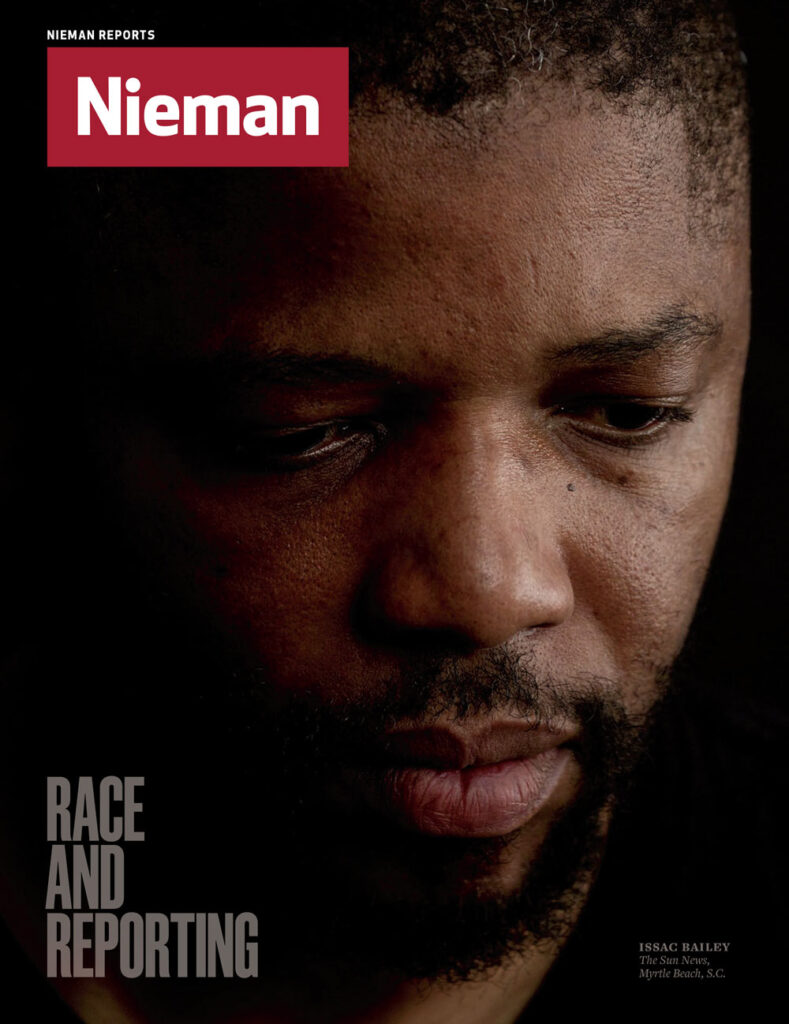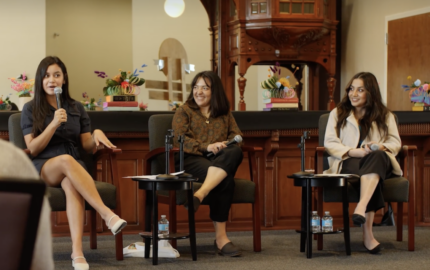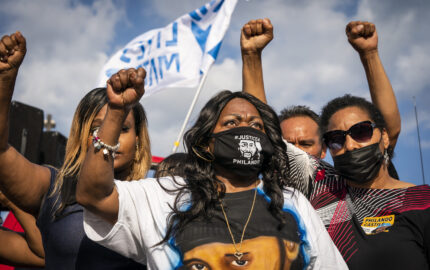One thing we do at BuzzFeed that works is hiring Hispanic writers. They don’t have to have a sort of Hispanic beat. David Noriega is a national reporter for us who broadly covers immigrants, but not immigration. One story he did always sticks out for me: Construction deaths are dropping for every group in the U.S. except Latinos. They’re going up for Latinos. There’s stuff with immigration status, with language. They can’t advocate for themselves. David has done an amazing job elevating stories like that, but the hard part is finding those stories. Having a diverse newsroom helps.
Last year, Gabriel García Márquez dies, and we look around the newsroom. Nicolás Medina Mora is a writer from Mexico on the criminal justice beat. But at the time, he was like, “Márquez was my mentor. I knew him in Mexico. I met with him often. I need to go for a walk because this is very emotional for me, but I want to come back and write a eulogy.” He wrote this beautiful story, “The Death of the Patriarch.”
What happens when you have diverse journalists in the newsroom is, they might say, ‘Oh, I’m from that town’ or ‘Oh, I know that because this area in Connecticut has a large Mexican population.’ Those things end up being useful for your coverage.
It’s not easy because you have to go out of some of your comfort zones. You have to go look for people. You have to keep searching. You have to open it up a little bit more. It’s always a work in progress. We’re not patting ourselves on the back. We think we can do better as well. Reporters don’t have to be the ‘black writer’ or the ‘woman writer’ or the ‘Hispanic writer’ or the ‘LGBT writer’, but ultimately that diversity helps.
You have to go out of your comfort zones. You have to go look for people. You have to keep searching
This is going to be the most Latino election ever. You see that with the candidates. You have Marco Rubio. You have Ted Cruz. You have Jeb Bush, who has a Hispanic family. And then Hillary, who went so far to the left on immigration. The other thread is the high-profile Hispanic hires. You saw that with Hillary. Her political director is Amanda Renteria, who doesn’t just have a Hispanic role; she’s a political director. Martin O’Malley has Obama’s former director of Hispanic media from 2012, when Obama got the highest percentage of the Hispanic vote in history. It shows a thread that’s going on in politics right now, that these issues are mainstream, important issues to win the election, not just a Hispanic issue.
Just opening up your network I have found to be the biggest thing. Sometimes I ask on Facebook or on Twitter, Who are the Latino writers you’re reading? Who are the journalists you’re interested in? I’m wondering, Who are some of those up-and-comers? I always want to stay on top of it. Sometimes I’ll see one and say, “Wow, this writer is incredible. I really would love her to join BuzzFeed.” We just think about that for the future. It ends up being so important with a lot of the issues going around the country right now, some of the criminal justice and immigration stuff, so many areas where diversity really is going to make the news coverage better.
What is working for us is making this kind of coverage part of the mainstream site. If you’re saying that Latinos are American, and that’s part of the mainstream, then there’s no need to separate it. We get really good responses from people who just feel like they’re being treated like everybody else. We don’t have to have BuzzFeed Latino. We have just BuzzFeed.com.



